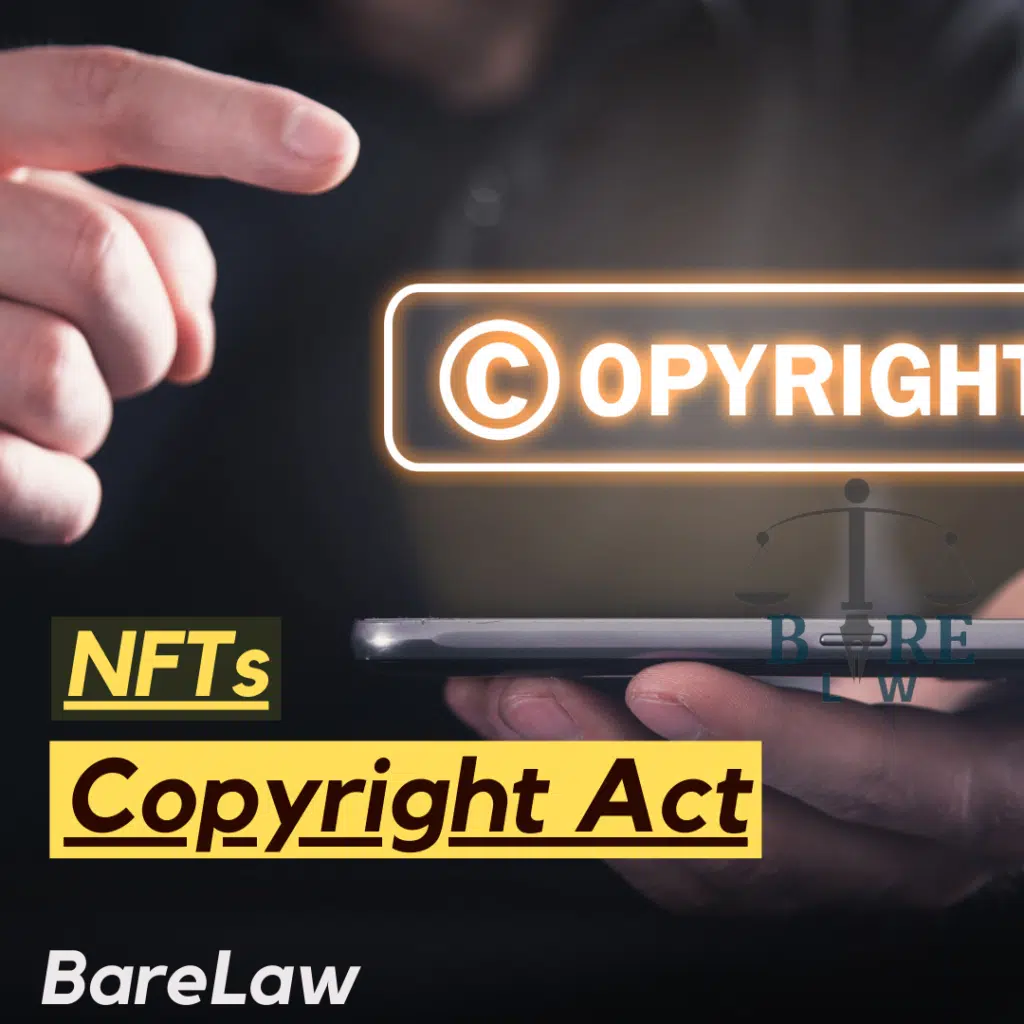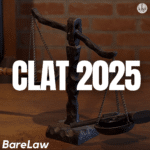
Table of Contents
INTRODUCTION
With the global interest for NFTs climbing 426 percent from the previous year, people have started showing more interest in buying and selling their NFTs since the beginning of 2021.
Moreover, the year 2021 was considered to be the year of growth of NFTs and cryptocurrency.
Keeping all these on one side, on the other hand, there has been debates that are going on with respect to interface between NFTs and the copyright law across the world, which has also seen steep rise along with the debates on its companions such as cryptocurrency and blockchain technology being in its nascent stage.
With this introduction, this article will be an add-on to such debates that have taken place within Indian copyright jurisprudence.
It will be looking at the interface and the applicability of the various provisions under the Copyright act of 1957 to the upcoming technological development called Non-Fungible Tokens to observe the interaction between the two and how Copyright act can be interpreted to include digitally-reproduced copyrighted works of NFTs.
It mainly focuses on the NFTs works which falls within the purview of subject-matter of Copyright protection in India under section 13 and which can be converted into Non-fungible Tokens by digital means.
WHAT ARE NFTS & HOW DOES IT WORK?
Before looking into the interface between the NFTs and the copyright act of 1957, it is important to understand what NFT is and how it works.
NFTs stand for Non-Fungible Tokens which are unique in nature. Unlike Fungible tokens such as mobiles, gold, silver etc – which can be replaced with a similar one, non-fungible tokens are not replaceable mainly because of the fact that it uses the blockchain technology in essence.
To put it simply and by avoiding many technological terms, NFTs work in an environment accompanying certain important technological tools such as Smart contracts, Blockchain or Digital ledger technology.
Smart contracts – otherwise, the automated contracts are nothing but the contracts which are prepared in the form of code, and the significance of it lies in the self-execution of provisions in the contract. One example that the author in the article cites is the Vending machine which dispenses a cooldrink can.
Digital ledger technology (blockchain) is a technology that is basically used in cryptocurrency and has the advantage of being transparent and decentralized. It can be illustrated as a register in which any person can write their names, but none of the person’s name shall be changed or modified without their permission or license by another. Now, how is copyright relevant in cases of NFTs?
Any work which can be converted into a digital form can also be converted into Non-fungible token. NFT platform allows its users to upload such converted file which includes digital arts, music, videos, photos etc. Once the works has been uploaded, then such users shall have the option to mint their NFTs in the platform’s website.
RIGHT TO REPRODUCTION OF WORKS UNDER COPYRIGHT ACT, 1957:
Section 14 of the said act defines what is a copyright and the bundle of rights conferred upon the owner of the work in which copyright subsists.
It states that copyright means the exclusive right to do or to authorize the doing of any of the acts with respect to various works.
In specific, Section 14(a)(i), 14(a)(ii), 14(c)(i)(A), 14(d)(i)(B) and (ii) and also section 14(e)(i) and (ii) – states that the owner or the author of the copyright (as the case may be) shall have the right to do or to authorize in respect of his or her literary, dramatic, musical or artistic work, to reproduce the respective works in any material form including the storing of it in any medium of electronic means, to issue copies of the work to the public not being copies already in public domain and also to sell or give commercial rental of the copies.
Applying these sections to NFTs, it is clear that the author of the work or owner of the copyright shall have the right to reproduce the work in any material form including the storing of such work or copy in the electronic medium.
Thus, the copyright holder has the right to convert his works into NFT works (such as digital forms of sound recordings, videos, artworks etc.) and hence the copyright which subsists in the general physical work shall also continue to subsist in the reproduced NFT works even after the sale of such works to the purchasers.
MINTING OF NFTS AND COPYRIGHT INFRINGEMENT:
Let us look into what amounts to an infringement under the copyright act of 1957. Section 51 gives certain instances that shall be considered as infringement under law. It creates both primary and secondary liability on the persons who do any act mentioned under section 51.
Firstly, when a person uses the works of copyright without any license or if there was a license, then any act which has not been authorized to do as per the license agreement.
Secondly, when the person does any act, the exclusive right of which is in the hands of the owner of the copyright or permits any doing of an act, which amounts to infringement as per law?
Thirdly, when a person sells, distributes, displays to the public or exports the infringing copies.
Applying this law to the current discussion on NFTs, there shall be three parties who are mainly involved in this NFT sale and purchase transaction – the seller, the buyer of the NFT and lastly the NFT platform, which helps the authors, and owners of the copyrighted NFT works to display their work for the purpose of commercial benefit.
Now, who has the right to display the said works to the public? The answer is either the owner of the copyright or any person whom the owner has authorized to enjoy such right.
The question is whether the buyer of the NFT has the right to mint the purchased NFT again in the same platform without the consent of the owner. On the other hand, what amounts to infringement in case of NFTs and in the NFT platform?
Firstly, when the licensee or the assignee of the NFT shall be deemed to have infringed the copyright exists in such NFT, if he or she uses the said digital work without the authority of the copyright holder. That is, when the licensee or assignee is prohibited from minting, then in case of any further minting or resale shall be an infringement – but this shall not be the case always, as the licensee has the licensee solely for the purpose of commercial exploitation and hence shall become part of contract that they enter into.
Secondly, mere minting of the copyrighted work shall not amount to copyright infringement or exhaustion of copyright because of the fact that the work has been brought into public domain such as the NFT platform. Again, the question is, whether the NFT platform can be considered a public domain or not, depends solely on the technological aspect and the kind of service provided by the NFT platform. If such a platform allows only the registered users or paid users, then would that be considered as a paying audience and is not a public domain? These questions have to be answered.
Also, read – https://www.mondaq.com/india/copyright/1211232/nfts-and-copyrights



